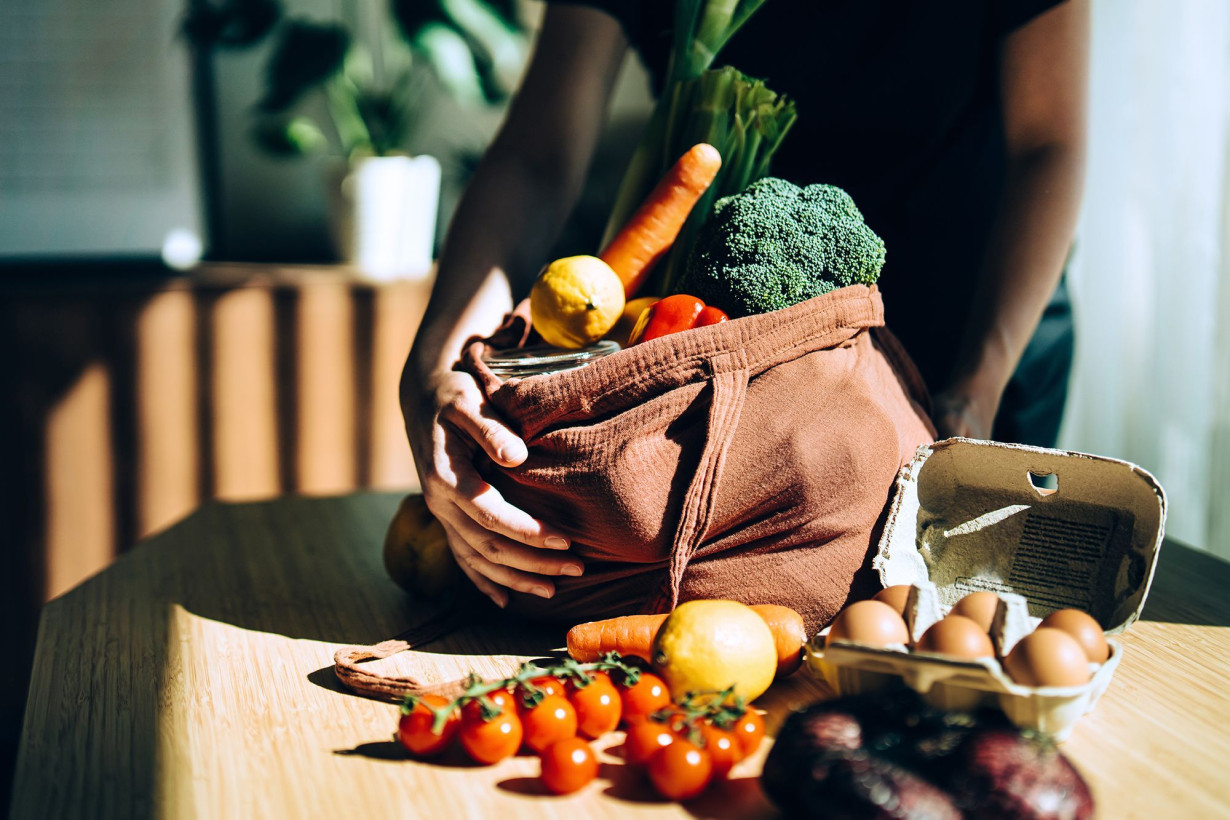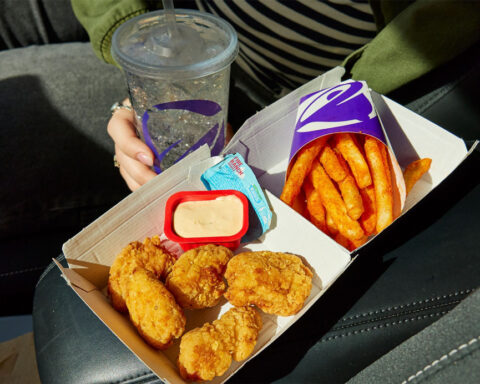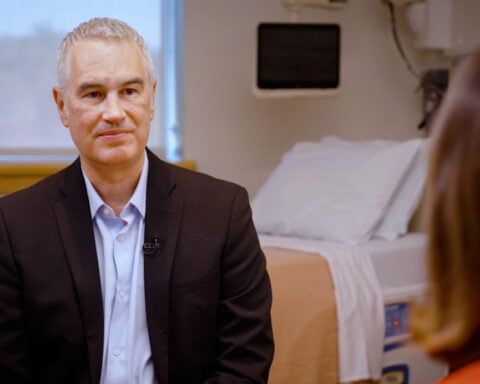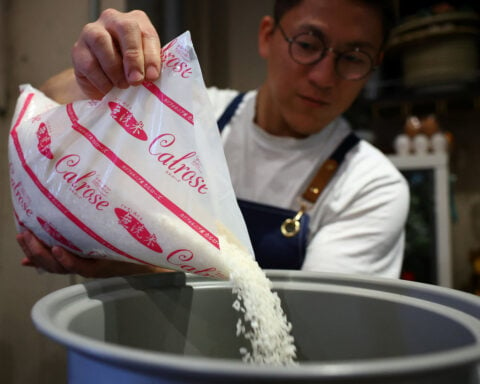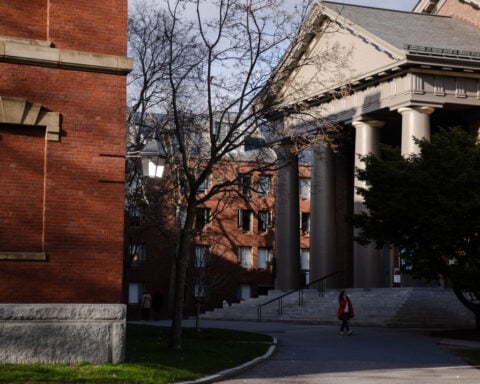(CNN) — By now, many people have heard that a diet packed with ultraprocessed foods is not good for us. They have been linked to a host of ills, including obesity, diabetes, cardiovascular disease, cancer, depression, cognitive decline and stroke — they even appear to increase our chance of early death.
Ultraprocessed foods, according to the NOVA Food Classification system, are food products made with ingredients you wouldn’t normally find in a supermarket or your kitchen (such as certain individual nutrients, flavor enhancers, colors, additives, stabilizers); they might also be made using industrial manufacturing processes (such as extrusion, molding and preprocessing) not available to the home chef.
But anyone who has ever munched on a bag of cheese puffs, heated a frozen pizza for dinner, packed cookies in their kid’s lunch bag or downed a refreshing soda knows these foods can be tasty and convenient. They are also often cheaper than making a dish from scratch, hard to resist (thanks to hyper-palatability formulations) and even harder to avoid: Up to 70% of the US food supply is made up of ultraprocessed foods.
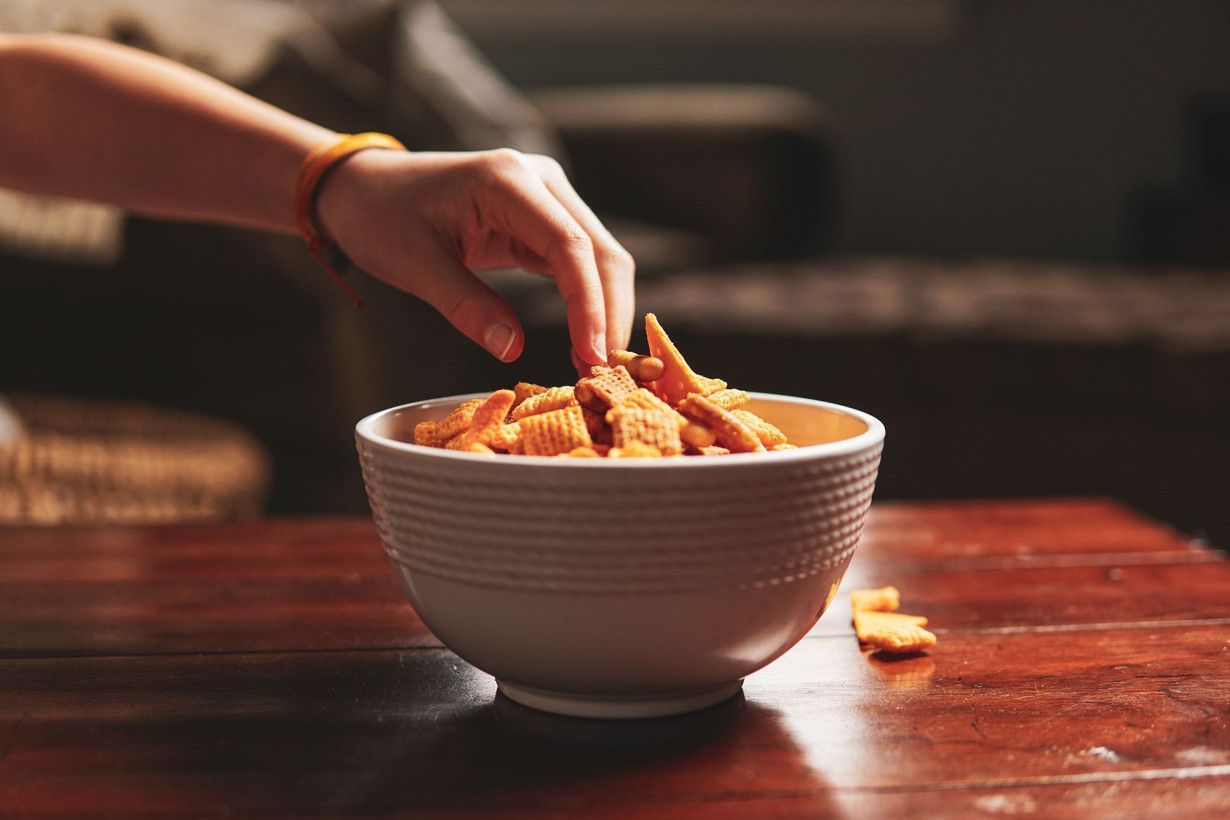
Yet many questions remain: Are they all bad? And exactly what can make them unhealthy. That’s why researchers are asking whether some of those chemicals, additives and flavorings are somehow harmful? Or do some of these ingredients interact with our bodies through our microbiome or our immune system, unleashing downstream health effects that we don’t yet understand? Or do ultraprocessed foods cause us to gain weight, which in turn sets us up for conditions that are associated with obesity, such as diabetes and cardiovascular disease?
Researchers like Dr. Kevin Hall, a section chief at the National Institute of Diabetes and Digestive and Kidney Diseases (part of the National Institutes of Health), are trying to find out.
Hall and his team authored a groundbreaking study published in 2019 that found people on an ultraprocessed diet ate on average 500 more calories a day than people on a similar but minimally processed diet (matched for calories offered, sugar, fat, fiber and macronutrients).
Now, Hall and his team are conducting a new trial to try to understand the mechanisms driving people to overconsume calories. He has two theories.
“One is their energy density — so how many calories you’re getting in each gram of food you’re eating,” CNN Medical Correspondent Meg Tirrell told CNN Chief Medical Correspondent Dr. Sanjay Gupta recently on the Chasing Life podcast. Tirrell visited Hall’s lab to meet one of the participants of his new trial, which (like the first trial) involves living at the NIH for about four weeks and eating diets made up of differently processed foods.
“It so happens that ultraprocessed foods are much more energy-dense than minimally processed foods,” Tirrell said. “And (Hall) says, really, that’s because they take a lot of the water out of them so that they don’t rot. They’re more shelf stable.
“And then the other thing (Hall’s) hypothesizing is their hyper-palatability, or we’ve heard the term the ‘bliss point.’ So, it’s this combination of salt, sugar, fat and carbs in just the right levels that make us not want to stop eating foods.”
Hall’s new trial is studying 36 people, for one month each, cycling them through four diets. “One is minimally processed; one is ultraprocessed — very similar to the first trial: high hyper-palatability, high energy-dense,” Tirrell explained. “And then two other diets … they’re ultraprocessed, but they vary how hyper-palatable they are and how energy-dense they are.
“And what (Hall’s) trying to see is — can you eat a diet that’s made up mostly of ultraprocessed foods, but that doesn’t drive overeating, and perhaps all of the other health effects of that, if it’s less energy-dense or if it’s less hyper-palatable?”
Not everyone views ultraprocessed foods as problematic.
“Attempting to classify foods as unhealthy simply because they are processed, or demonizing food by ignoring its full nutrient content, misleads consumers and exacerbates health disparities,” Sarah Gallo, senior vice president of product policy at the Consumer Brands Association, said in an emailed statement. CBA is the trade group that represents the US manufacturers of consumer packaged goods, including food and beverages.
“Companies adhere to the rigorous evidence-based safety standards established by the FDA to deliver safe, affordable and convenient products that consumers depend on every day,” Gallo said. She also noted there is currently no agreed-upon scientific definition of ultraprocessed foods.
The chemistry of hyper-palatability
Dr. Tera Fazzino, an associate professor of psychology and the associate director of the Cofrin Logan Center for Addiction Research and Treatment at the University of Kansas, knows a thing or two about ultraprocessed foods and hyper-palatability. She developed a system to measure the hyper-palatability of different foods. She also collaborated with Hall and two of his NIH colleagues on a 2023 study that found hyper-palatable foods, energy-dense foods and eating rate are all linked to more calories being consumed on four different diets.
“Hyper-palatable foods contain combinations of palatability-related nutrients — so, fat, sugar, sodium and starchy carbohydrates — at thresholds that aren’t typically found together in nature,” she explained.
Fazzino said hyper-palatable foods activate our brain’s opioid receptors and our dopamine reward neurocircuitry, which leads us to keep eating and seek out more.
“The problem with hyper-palatable foods is, due to their nutrient combinations, they are particularly strong reinforcers,” she said. “They can be acutely rewarding to consume in the moment. And they can also garner a really strong motivational drive for us to continue seeking out and consuming these foods.”
Fazzino’s research found hyper-palatable foods fall into three categories. “One group has elevated fat and sodium; a second group has elevated fat and sugar. And then the third group has elevated starchy carbohydrates and sodium,” she said.
“The fat and sodium hyper-palatable foods are a lot of our meal-based items, things that we eat on the regular,” she explained. “That would be meat-based dishes, mixed dishes like meat and mashed potatoes, and things like that.
“The fat and sugar (group) really are the sweets, the desserts,” she said. “The starchy carbohydrate and sodium hyper-palatable foods are a lot of our snacks. So, things that maybe even might not seem so problematic or so obvious as maybe (chips), like pretzels (and) most US-produced crackers.”
Fazzino said our bodies haven’t evolved to handle these foods. Whole foods found in nature “activate our brain reward neuro-circuitry and that’s a survival process,” she said. “Eating is fundamentally … a reinforcement-based process, and it needs to be enjoyable to make sure that we survive.”
Hyper-palatable foods hijack that process because they are engineered to hit the bliss point with their magic combination of fat, sugar, sodium and starchy carbohydrates, she said.
“That is creating almost like this euphoric experience that doesn’t typically come from whole foods,” she explained. “And the problem with that is that that has underlying neurobiological impacts. It’s excessively activating our brain reward neural circuitry that already happens with whole foods.”
That’s why it’s all too easy to overindulge in those foods, she said. “They can cause us to overeat in the moment, but then also there’s this kind of feedback loop where they can become really strong reinforcers and drive our behavior in a way that whole and foundational foods don’t and shouldn’t.”
Unfortunately, these foods are at the heart of the US food supply and have been growing. One of Fazzino’s studies found the prevalence of ultraprocessed, hyper-palatable and high energy-dense foods were all significantly higher in 2018 compared with 1988.
And there is plenty of overlap between the three categories. “When we look at the food supply over time, by the time we get to 2018, we see that the vast majority of ultraprocessed foods are also hyper-palatable,” she said.
What can you do to manage the amount of hyper-palatable foods you consume? Fazzino has these five tips.
Develop awareness
Pay attention to how your food is affecting you as you are eating it.
Fazzino suggested this experiment: If you’re eating a bag of potato chips, does your brain tell you, get the next one, get the next one — before you have even swallowed? Or when you’re almost done with the bag, does your body tell you that you want more?
“In contrast with, when you eat an apple, none of that extra stuff is going to be happening,” she said. “It’s going to be pleasant and you’re going to stop when you’re full.”
Eat more natural whole foods
Try to add foods to your diet that are whole and occurring in nature, which means they haven’t had anything done to them, Fazzino said.
Whole foods that occur in nature, Fazzino said, typically have “one palatability-related nutrient,” such as the sugar in a whole apple.
Those whole foods also include “satiety-promoting nutrients such as fiber, water and protein that slow their absorption and digestion into our system,” she said, noting that they won’t cause us to overeat or create a strong motivational drive to seek them out.
Be wary of sodium
Pay attention to the amount of salt in foods.
“One really robust commonality that we found in this work has been the presence of sodium as a nutrient that, when combined with either fat or starchy carbohydrates, can really be a vehicle for hyper-palatability,” Fazzino said, explaining that sodium “activates the opioid system in the brain.”
We are often told to reduce sodium overall for our heart health, she said, but salt is not as well-known for contributing to hyper-palatability as fat and sugar are.
There is no magic sodium number or threshold used to determine whether the amount of salt in a particular food contributes to hyper-palatability. But Fazzino recommends people look for low-sodium options in the cracker aisle or the frozen dinner section, for example.
Fazzino also encouraged home cooks to keep sodium in mind, since a lot of ingredients have added salt. (Be mindful of the butter, cheese and sausage bits you may be adding to your omelet.)
“Go light on what you add,” she said. “That will help to avoid the hyper-palatability piece.”
Avoid foods with certain key words
Stay away from food labels touting properties such as “diet,” “reduced fat” or “lean,” Fazzino recommended.
“A lot of the diet foods, as we found in our analysis of the food system, are hyper-palatable,” she said. Without the bliss point engineering, she noted, those foods would not be as palatable.
And when one key ingredient is reduced, another is often increased. These food products are marketed with less fat, for example, but maybe they contain more added sugar, she said.
Understand the deck is stacked against you
Be aware that hyper-palatable foods are designed to entice you.
“They’re designed to be difficult to resist and difficult to stop eating Fazzino said. “And it’s not the individual’s fault.”
Ultimately, Fazzino said systemic changes may be needed to meaningfully address the prevalence of these foods in the food supply.
We hope these five tips help you learn more about hyper-palatable foods. Listen to the full episode here. And join us next week on the Chasing Life podcast when we meet a doctor who found himself on the other side of the stethoscope after he was diagnosed with brain cancer. Dr. Sanjay Gupta speaks to him before and after his surgery.
The-CNN-Wire
™ & © 2025 Cable News Network, Inc., a Warner Bros. Discovery Company. All rights reserved.

 Trump has begun another trade war. Here's a timeline of how we got here
Trump has begun another trade war. Here's a timeline of how we got here
 Canada's leader laments lost friendship with US in town that sheltered stranded Americans after 9/11
Canada's leader laments lost friendship with US in town that sheltered stranded Americans after 9/11
 Chinese EV giant BYD's fourth-quarter profit leaps 73%
Chinese EV giant BYD's fourth-quarter profit leaps 73%
 You're an American in another land? Prepare to talk about the why and how of Trump 2.0
You're an American in another land? Prepare to talk about the why and how of Trump 2.0
 Chalk talk: Star power, top teams and No. 5 seeds headline the women's March Madness Sweet 16
Chalk talk: Star power, top teams and No. 5 seeds headline the women's March Madness Sweet 16
 Purdue returns to Sweet 16 with 76-62 win over McNeese in March Madness
Purdue returns to Sweet 16 with 76-62 win over McNeese in March Madness
